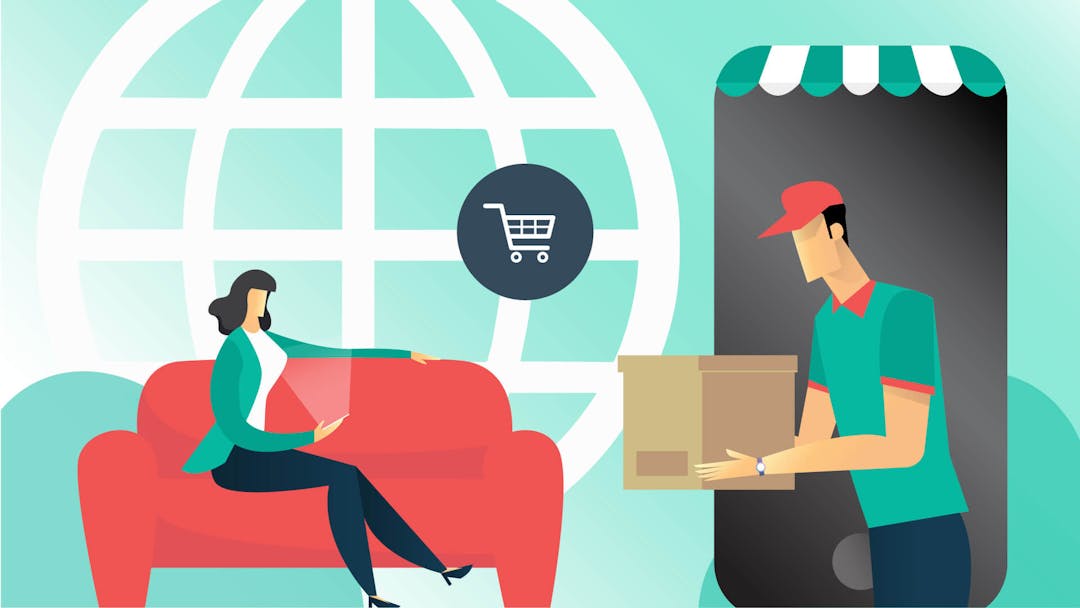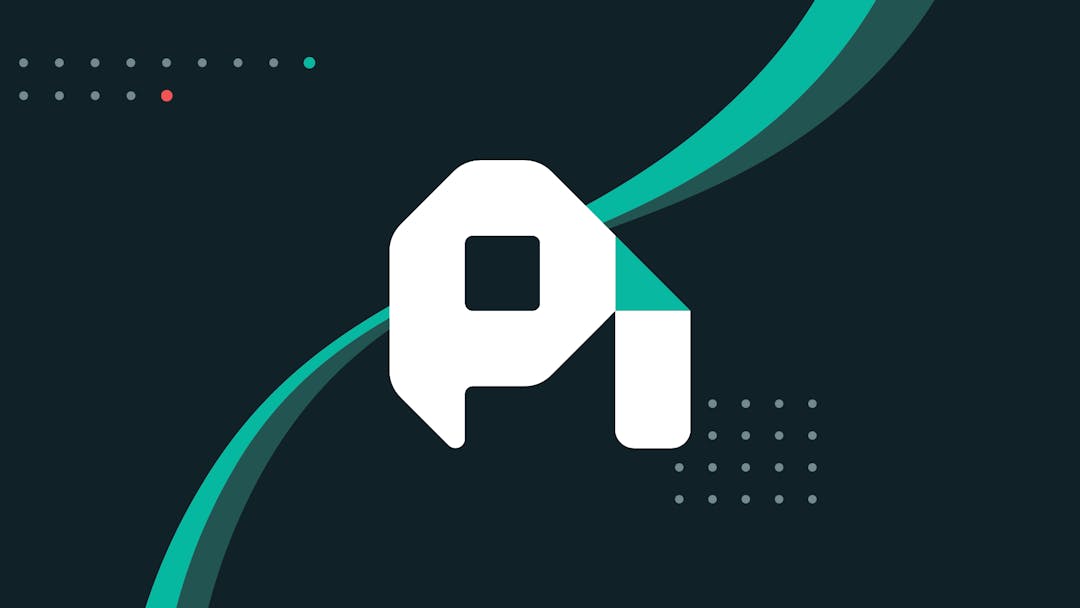Finding the best pricing model for your product means knowing which pricing strategies are out there so you know which one fits your product and business needs the best. Optional product pricing isn't the right choice for everything and can quickly go wrong if it's matched to the wrong product. But for certain items, it works well. In this post, we'll take a look at what optional pricing is and examine some of the popular items that use it. By the end, you should be able to determine whether the pricing model will work well with your product or if you're better off with another option.
What is optional product pricing?
Optional product pricing is when a business decides to sell their product for a much cheaper price than they ordinarily would and rely on the sales of optional products to make up for the difference. In some cases, they may even sell the product at less than cost and rely on the so-called "loss leader" to bring in customers that purchase other items.
The pricing model can work on anything that relies on, or is well complemented by, another product or family of products. It works especially well in cases where the main product would normally cost more than consumers may be willing to spend. In this case, getting the product into homes by selling it cheaply creates a demand for the accessory products that may not otherwise exist.
We'll go into more detail about the various strategies used when deploying optional product pricing a little bit later.

The two factors of optional product pricing
In order for optional product pricing to be a viable method for your business, you need to have at least two products; one will function as the main product and the other as an accessory or complement to the basic product. This tends to work best when the core product relies on costly accessories, although there are some other examples that can work too, as we'll see later. Let's take a closer look at the relationship between these two product types.
The main product
Your base product is going to rely on the complementary product in some way, but it is also going to be the main draw for the customer. A consumer doesn't buy a printer because they want ink, they buy a printer because they want to print things. The main product is the one that fulfills the customer's needs.
The accessory/complementary product
Whether it's required for use, such as ink for a printer, or simply improves upon the main product in a major way, the second product in this pricing strategy is something that someone who purchased the main product is likely to buy. At the very least, you should be sure that enough of your customers will buy it to subsidize those who don't.
The six most common examples of optional product pricing
We've given a few examples and went into some detail about how optional product pricing works, but now let's take a closer look at the strategies involved in several common examples of the pricing method. As you read through these examples, notice how the rationale for the pricing model changes, but the key concept of selling a low-cost product and making up the loss of profit with optional sales, remains constant. If your product is in one of these categories, or is analogous to one of them, then optional product pricing might be worth considering.
Printers and ink
You may have heard the joke that it's cheaper to buy a new printer than it is to buy the ink for one. Although it's an exaggeration, it does a good job of pointing out optional product pricing at work. Printers are sold at a low price because the printer manufacturer knows that you cannot use the printer unless you buy ink for it. Since ink cartridges for printers are often proprietary, you must buy them from the manufacturer. Over the lifetime of the printer, the manufacturer makes enough money in ink sales to make up for the profit they didn't make on the printer.
Phones and service contracts
This one is becoming less common than it once was, but it wasn't unusual in the past to get a free phone with a two-year service agreement. The phone company has to buy the phone from its manufacturer, so they're taking a hit when they give it to you for free. In exchange, they're getting a fair amount of money from you every month and are hoping that you stay with them much longer than the two-year period.
Video game consoles and video games
When the first programmable video game console came out, the Atari 2600, electronics parts were still very expensive. Atari did not think that people would pay that much for a game so they became one of the first companies in the tech industry to practice optional product pricing. Because they also manufactured the cartridges needed to sell the games, they sold the console cheap and made the money back in cartridge sales. This remains a common strategy in the video game industry, which is one reason why new consoles are cheaper than their PC equivalents.
Video games and in-app purchases or DLC
Continuing with the video game trend, many game developers have discovered that if they make the game free and then charge for additional items to be used in the game, then they can make just as much money, or more, than if they'd just sold the game outright. This is especially common in mobile games where the more casual gamers are less likely to spend money and are subsidized by those who spend a lot of it.
Airlines and special requests
With the rise of budget airlines, the airline industry has needed to slash prices. One of the ways they do this is by offering a basic ticket for a cheap price, but then charging extra for things that at one time were free. If you want a window seat, or food and beverage, it'll add to the price of the ticket. You'll also pay extra to check bags, for headphones to hear the in-flight movie, and for anything else the airline can think to charge you for.
Automobiles and luxury/performance upgrades
You may have noticed that if you choose a seemingly inexpensive option when buying a new car, such as floor mats, it adds quite a bit more to the cost than it would if you saved your money and bought aftermarket floor mats. This is because automobile manufacturers are employing the same use of optional product pricing as mobile app developers and budget airlines. They are offering the car for a relatively cheap base price and then making up for that cost with people willing to pay a premium for extras.
The danger in optional product pricing
When you choose to use optional product pricing, you have to be very sure that either your optional product is a requirement to use your base product, or that you'll be able to get enough users of the base product so the number willing to pay for the optional products is enough to cover your profit needs. This can go south very quickly if you're not careful. If a printer manufacturer sells its printer at near cost and then the customers find a third-party ink supplier or learns how to refill their ink cartridges, the manufacturer has lost years' worth of revenue from that customer. If everyone is content sitting in the aisle of an airplane and going hungry while reading the lips of the actors in the movie, the airline is losing money on its ticket strategy. If that last example sounds like a horrible experience, then you can see why the airlines are comfortable making that gamble.
Our opinion on optional product pricing
In products that it works for, optional product pricing works great. It doesn't work for many products though. Unless there is no other way for a consumer to use your main product without the optional product, optional product pricing will always be a gamble. You can't use a video game console without games, and you can't use a locked phone without a service contract on the network that gave it to you for free or cheap. These products work very well with the model. Airlines make it work because without their extras, your flight is going to be uncomfortable and the alternatives to air travel are also either uncomfortable or slow.
Anyone considering this pricing model should be well aware of the gamble that is being made and be certain that the numbers lean in their favor. In other words, if you are going to gamble, make sure you are the house. Casinos don't offer games that they aren't more likely to win than lose. You shouldn't either
Conclusion
Choosing the right pricing model is extremely important. The wrong strategy will leave money on the table at best and risk your business at worst. Using our free analytics tool for SaaS businesses, ProfitWell Metrics, you'll be armed with some of the data you need to determine whether optional product pricing will make you the casino or the guy losing his money to them. If you want to gain deeper insight into your pricing strategy and how to optimize it for maximum profits, our Price Intelligently service will give you the tools that you need to do so.




